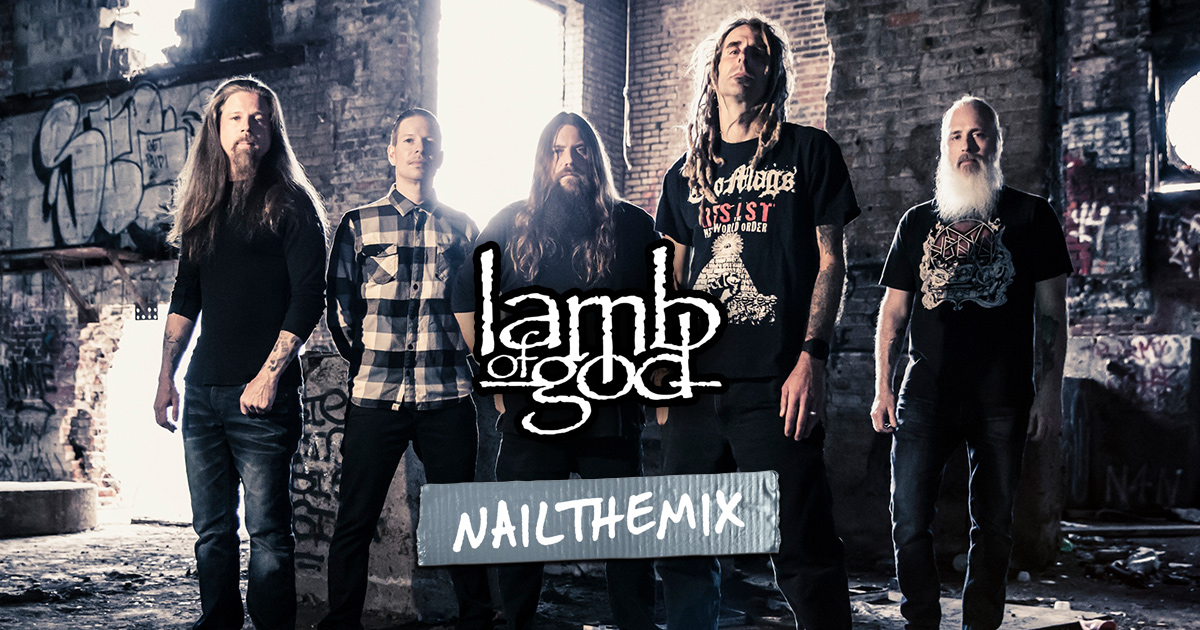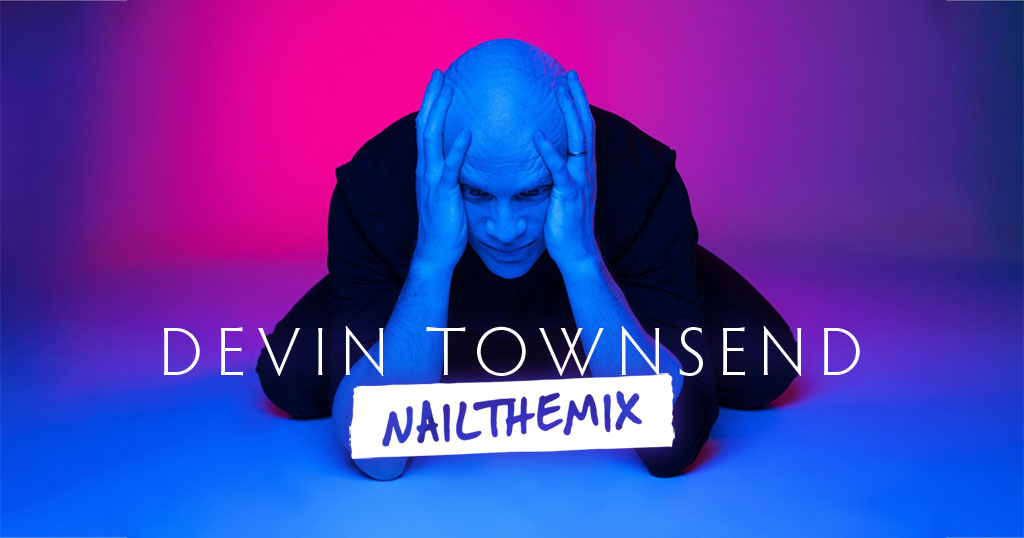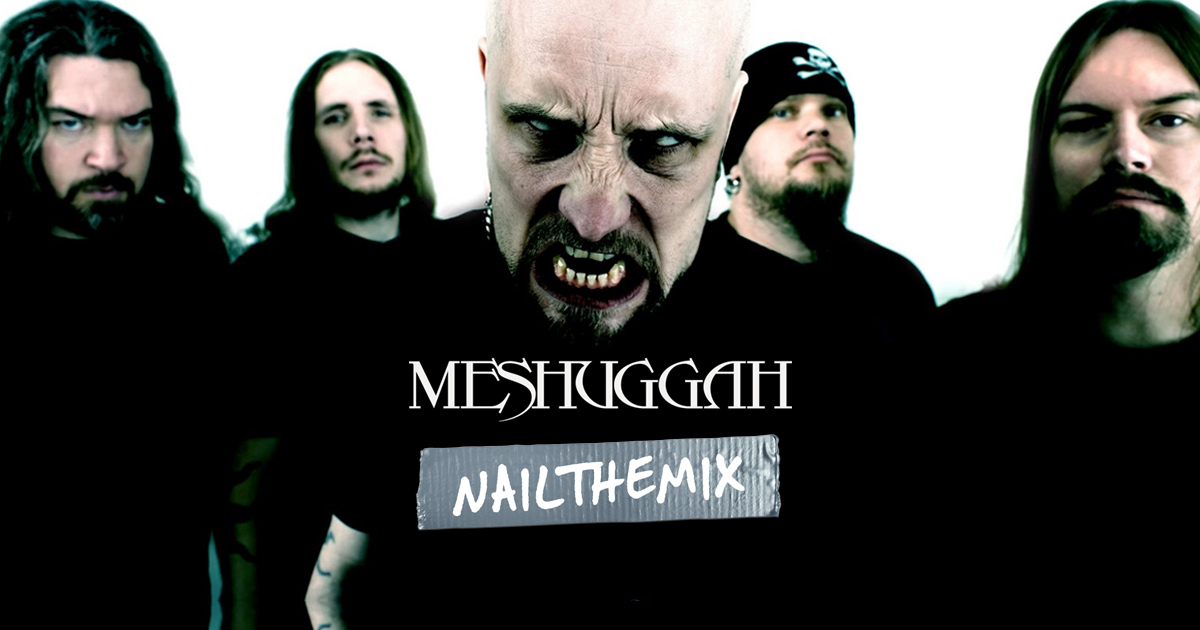
How FabFilter Saturn Solves Modern Metal Mix Problems
Nail The Mix Staff
Here is the SEO article written for Nail The Mix, targeting the keyword "fabfilter saturn".
If you're producing metal in the current era, you know the bar is ridiculously high. The days of a dodgy-sounding demo getting you noticed are long gone. Today, even local bands are dropping EPs that sound polished, punchy, and massive. That’s the expectation.
And let’s be real, modern metal mixes are a battlefield. You're fighting a war on every front of the frequency spectrum. You’ve got down-tuned 8-string guitars wrestling with a five-string bass, kick drums that need to hit like a cannon, and screaming vocals that have to slice through it all. It’s dense, it's loud, and everything needs to be heard.
To win this war, you need the right weapons. While EQs and compressors are your infantry, a powerful saturation and distortion plugin is your special forces unit. And when it comes to versatile, surgical distortion, FabFilter Saturn is in a league of its own.
Most people see a distortion plugin and think one thing: make guitar go brrrr. But Saturn is so much more than a glorified fuzzbox. It’s a surgical tool for adding harmonics, character, and clarity that can solve some of the biggest problems in a modern metal mix.
Why Distortion Is Your Secret Mixing Weapon
Before we dive into Saturn itself, let’s get one thing straight: distortion and saturation are some of the most underrated tools in a mix engineer’s arsenal. When used correctly, it’s not about making things sound fuzzy or broken (though it can do that too). It’s about generating new harmonic content.
Think of it this way: when you boost a frequency with an EQ, you’re just turning up what’s already there. When you use saturation, you’re creating new frequencies (harmonics) that weren’t there before. This is the key to making elements cut through a dense mix, especially on smaller speakers like laptops and earbuds where low-end information gets lost. It adds richness, excitement, and perceived loudness without just cranking a fader.
Breaking Down FabFilter Saturn: Your Multi-band Toolkit
So, what makes Saturn so special? Two words: multi-band processing.
Unlike a simple distortion pedal or plugin, Saturn lets you split the signal into up to six different frequency bands and process each one completely independently. You can leave your sub-bass clean while mangling the mids, or add a gentle tape warmth to the highs without touching the rest of the signal.
This, combined with its 28 different distortion "styles"—from subtle tape and tube saturation to extreme guitar amp destruction—and a ridiculous modulation matrix, means you can get incredibly precise.
Actionable Saturn Techniques for Crushing Your Mix
Okay, enough theory. Let’s get into some practical ways you can use FabFilter Saturn to make your modern metal tracks sound massive.
Taming the Low-End Chaos (Bass vs. 8-Strings)
Modern metal is all about the low-end. With bands tuning to Drop F or lower and wielding 8 and 9-string guitars, the 40-200Hz range can become a muddy mess. How do you get the bass guitar to have its own space when the rhythm guitars are already occupying bass frequencies?
This is where Saturn shines.
Instead of just EQing, use Saturn on your bass track to give it a distinct character.
- Set up a crossover: Create a split in Saturn around 150-200Hz.
- Keep the subs clean: Leave the low band (below 200Hz) completely alone. You want that fundamental to be pure and powerful.
- Saturate the mids: On the band from 200Hz up to around 2kHz, apply some "Clean Tube" or "Warm Tape" saturation. Don't go crazy with the drive—just enough to add some grit and harmonics.
This technique adds presence and grind to the bass that helps it cut through the wall of guitars on any speaker system, without adding more mud to the low-end. It gives the bass its own identity, separating it from the low-tuned chugs. This is a crucial step in building a powerful, solid foundation for the mix.
Making Drums Punch Through the Wall
In modern metal, drums need to be almost inhumanly punchy. With drum libraries like GetGoodDrums and Superior Drummer 3 setting the standard, a weak snare or kick just won’t cut it.
You can use Saturn to make your drum shells pop without reaching for a transient shaper.
Snare Drum Bite
Is your snare getting lost behind the cymbals and high-gain guitars? Put an instance of Saturn on it.
- Focus the band: Isolate the "crack" of the snare, usually somewhere between 1kHz and 5kHz.
- Add some crunch: Apply the "Crunchy" or "Destroy" style with a moderate drive.
- Blend it in: Use the band's mix knob to blend this in subtly. You don't want to completely replace the snare's tone, just enhance it with extra harmonic aggression that helps it leap out of the speakers.
Kick Drum Presence
For kicks, you can use Saturn to add that clicky attack that’s popular in genres from metalcore to djent. Isolate the beater sound (3-6kHz) and apply some “Gentle Saturation.” It’s a great way to add definition so the kick doesn’t just become a low-end “thump,” a result often enhanced with methods like parallel compression to add even more punch.
Adding Clarity and Aggression to Vocals
Screaming vocals need to sound aggressive, but they also need to be intelligible. It's a tough balance. Saturn can help you achieve both.
Instead of just cranking the upper-mids with an EQ, use saturation to add harmonics that help the vocal sit on top of the mix.
- Find the presence range: On your main vocal bus, create a band in Saturn right in the core presence range, roughly 2kHz to 5kHz.
- Apply subtle saturation: Use the "Gentle Saturation" or "Warm Tube" style. You need very little drive here.
- Listen in context: The goal isn’t to hear obvious distortion, but to notice that the vocal suddenly feels more forward, clear, and aggressive. It’s like EQ, but with more attitude.
This approach is similar to using parallel distortion to boost metal screams, where you blend aggression with the original signal for clarity. While it’s a great way to shape tone beyond basic EQ, mastering the fundamentals of how to EQ metal guitar is still a critical skill.
Sculpting God-Tier Guitar Tones
Okay, we have to talk about the obvious one. Using Saturn on guitars is a no-brainer, but think beyond just slapping it on a DI.
Try using it after your amp sim (like a Neural DSP plugin or an STL ToneHub preset). Use it to gently shape the final tone, much like the LoFi plugin trick Fredrik Nordström used on the Bring Me The Horizon guitar bus.
A great move is to put Saturn on your main rhythm guitar bus. Create a band in the upper-mids (say, 800Hz-3kHz) and add a tiny bit of "Clean Tube" drive. This can help "glue" your quad-tracked guitars together and add a touch of that "polished but still raw" character that defines pro-level metal tones.
From Theory to Pro-Level Execution
These techniques are killer starting points that can seriously level up your mixes. They directly address the challenges of modern metal production—the density, the low-end, and the high standard for polish.
But reading about a technique is one thing. Watching a world-class producer actually apply it in a real session, on real multi-tracks from a band like Periphery or Gojira, is a different ball game. Seeing why they choose the "Warm Tape" style over "Clean Tube," how much drive they apply, and how they automate it to work for different sections of a song… that’s where the real learning happens.
That’s exactly what we do at Nail The Mix. Every month, you get to watch the original producer mix a massive metal track from scratch, explaining every single decision. It’s your chance to see how the pros use tools like FabFilter Saturn to go from raw tracks to a release-ready master.
If you’re ready to stop guessing and start learning the methods that actually work, check out our free workshop on mixing modern metal.
Get a new set of multi-tracks every month from a world-class artist, a livestream with the producer who mixed it, 100+ tutorials, our exclusive plugins and more
Get Started for $1






